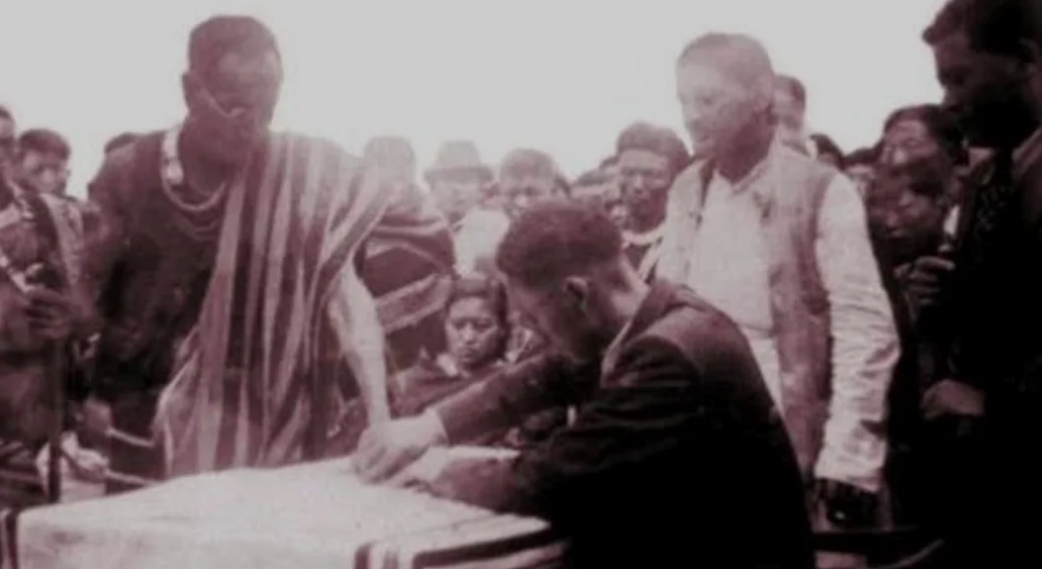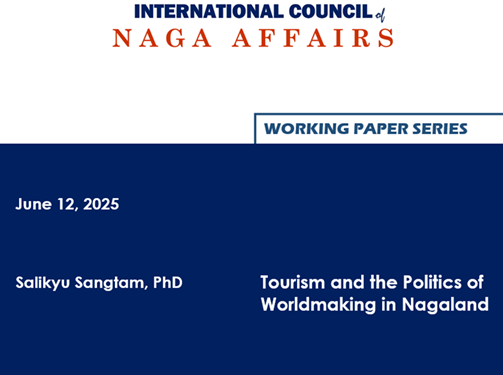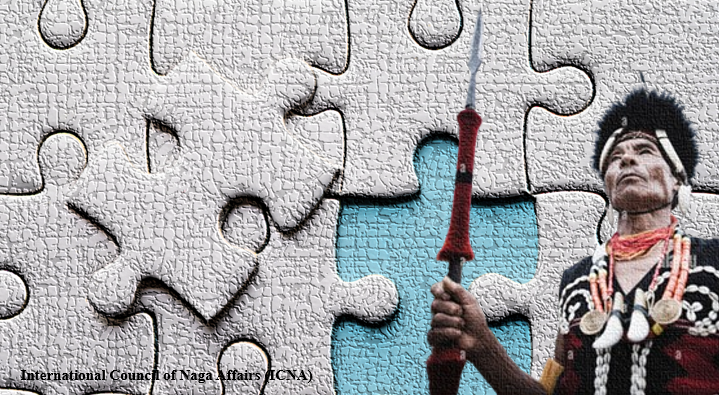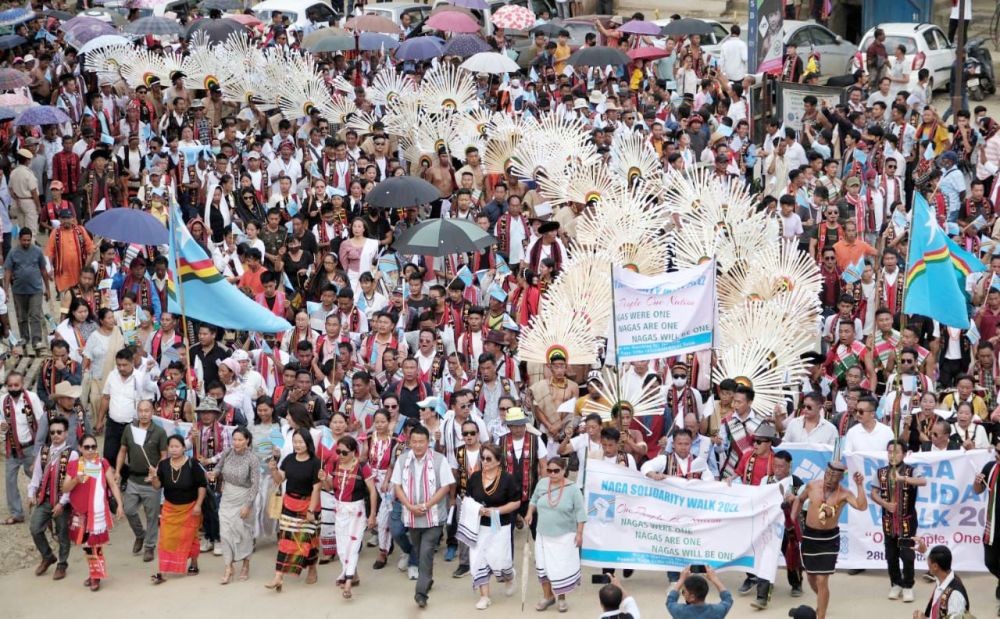-

Manipur’s colonial legacy of dual administration, carried into the symbolism of Article 371-C of the Indian Constitution, continues to shape the state’s political tensions, undermining democratic principles of consent, justice, and equality, writes Dr. Kh. Pou.
-

The scrapping of the Free Movement Regime is not just a policy shift but a direct assault on Naga identity, mobility, and sovereignty. Yet this moment of crisis also opens the door for reimagining strategies, languages, and frameworks in the long Naga struggle for self-determination.
-

How India’s application of Kautilya’s ancient statecraft—Sham, Daam, Danda, and Bhed—has shaped the Naga conflict, revealing both its strategic utility and its unintended consequences.
-

It was one of the most distinctive democratic and raw exercises in Asia’s postcolonial history. There were no guns or coercion—only ink thumb impressions of clarity to define their own destiny as a sovereign Naga Nation.






